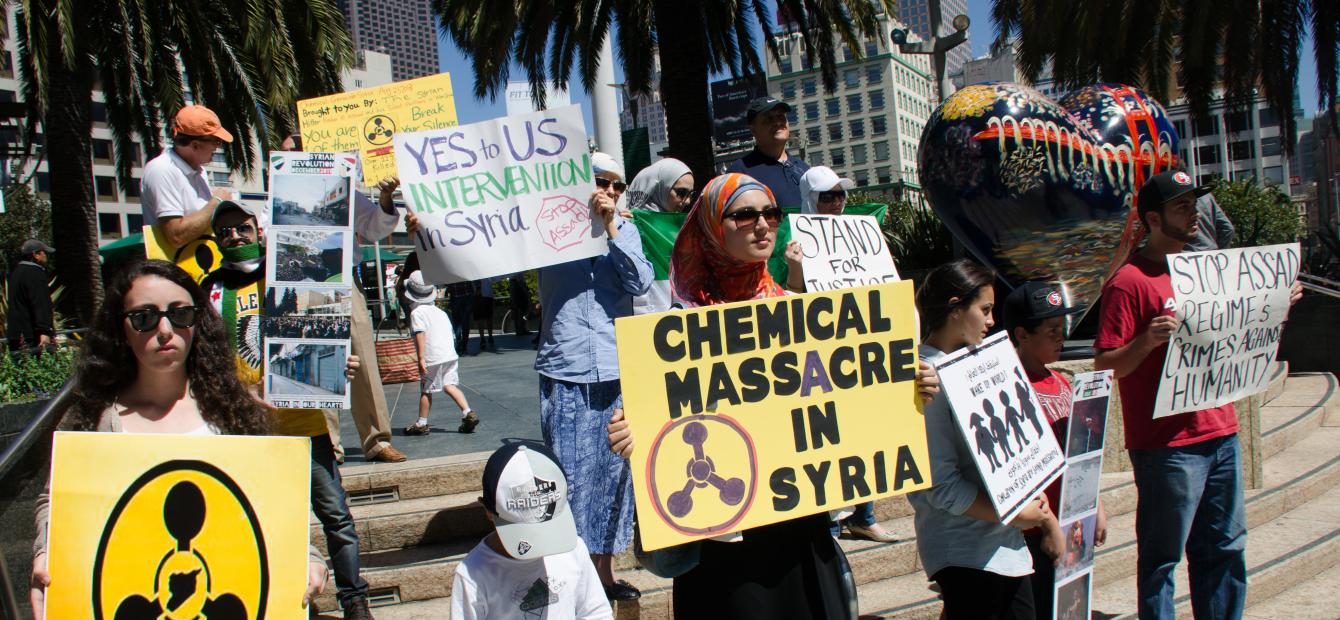
The OPCW and Chemical Weapons: Towards Criminal Liability?
The Chemical Weapons Convention is widely recognised as the most successful multilateral disarmament instrument. Yet, recent developments (especially in Syria) show that the prevention of chemical attacks and the prosecution of perpetrators remains highly complex. This fifth episode of the Clingendael Spectator series on arms control analyses how the OPCW can maintain the Convention effectively in the face of political contestation.
With 193 States Parties, the Chemical Weapons Convention (CWC) represents a commitment by 98 per cent of the world population to turn their back on chemical weapons (CW) in perpetuity. The CWC obligations fall equally on members and it includes far-reaching verification procedures to detect chemical warfare agents in militarily significant quantities.
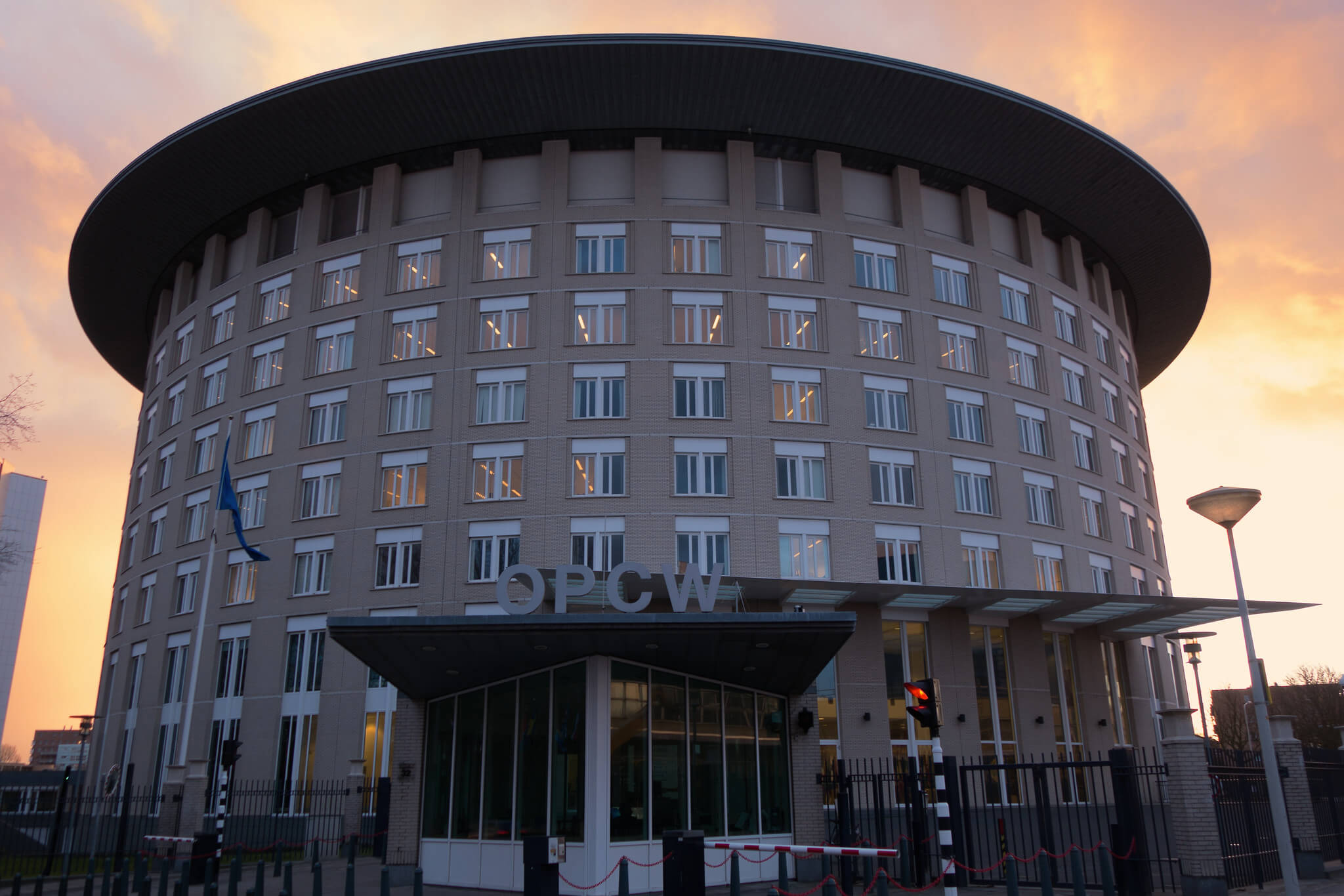
The enormous stockpiles of chemical weapons accumulated during the Cold War are expected to be destroyed by 2023. But eliminating large, declared chemical weapon programmes has not made the challenge of preventing CW use less complex.
Since 2012 chemical weapons have been used in Iraq, Malaysia, the Syrian Arab Republic and the United Kingdom by State and by non-state actors. This has posed serious challenges to the Organisation for the Prohibition of Chemical Weapons (OPCW), which oversees and verifies adherence to the CWC.
Chemical weapons use: From Syria to Salisbury
After hundreds of people were exposed to the nerve agent Sarin during fighting in Syria in August 2013, Russia and the United States worked to achieve Syrian acceptance of a disarmament agreement under the auspices of the United Nations (UN).1
Syria agreed to join the CWC, and Russia and the United States agreed on a Framework for Elimination of Syrian Chemical Weapons.
By the end of September 2013, disarmament cooperation was agreed.2 An extensive international coalition was mobilised to disarm Syria of chemical weapons using a creative and cooperative approach.3 The CWC seemed validated as an effective instrument in conflict conditions.
Yet, the OPCW-UN Joint Investigative Mechanism (JIM) created to investigate allegations of CW use soon attributed Sarin attacks in 2014, 2015 and 2017 to Syrian government forces.4 The JIM attributed CW use to the Islamic State in Iraq and the Levant (ISIL) as well.5
The United Kingdom also asked the OPCW in March 2018 to help investigate the poisoning of three individuals in the city of Salisbury.6 The OPCW confirmed the findings of UK authorities that the chemical was a nerve agent of a type known as Novichok.7 In September 2018, the UK Crown Prosecution Service announced that the evidence collected justified criminal prosecution of two Russian citizens.
Given the nature of the chemical, the operational experience of the accused and the motive to target the individuals poisoned, the UK government determined that ‘there is no plausible alternative explanation for what happened in Salisbury than Russian state responsibility.’8
June 2018: From Verification to Investigation
The CWC was negotiated at a time when the targeted use of small amounts of poison or the use of CW by non-state actors in conflicts were not primary concerns. The OPCW has thus been preparing for a transition from its primary mission to address new threats.9
On 29 May 2018, 11 countries pointed to the ‘unprecedented threat’ to the CWC posed by CW use and requested a Special Session of the CWC States Parties ‘as soon as possible’.10 At the 26–28 June 2018 Special Session of the Conference of States Parties (hereafter Special Session) a decision called Addressing the Threat from Chemical Weapons Use was adopted by voting (supported by 82 States Parties with 24 against).11
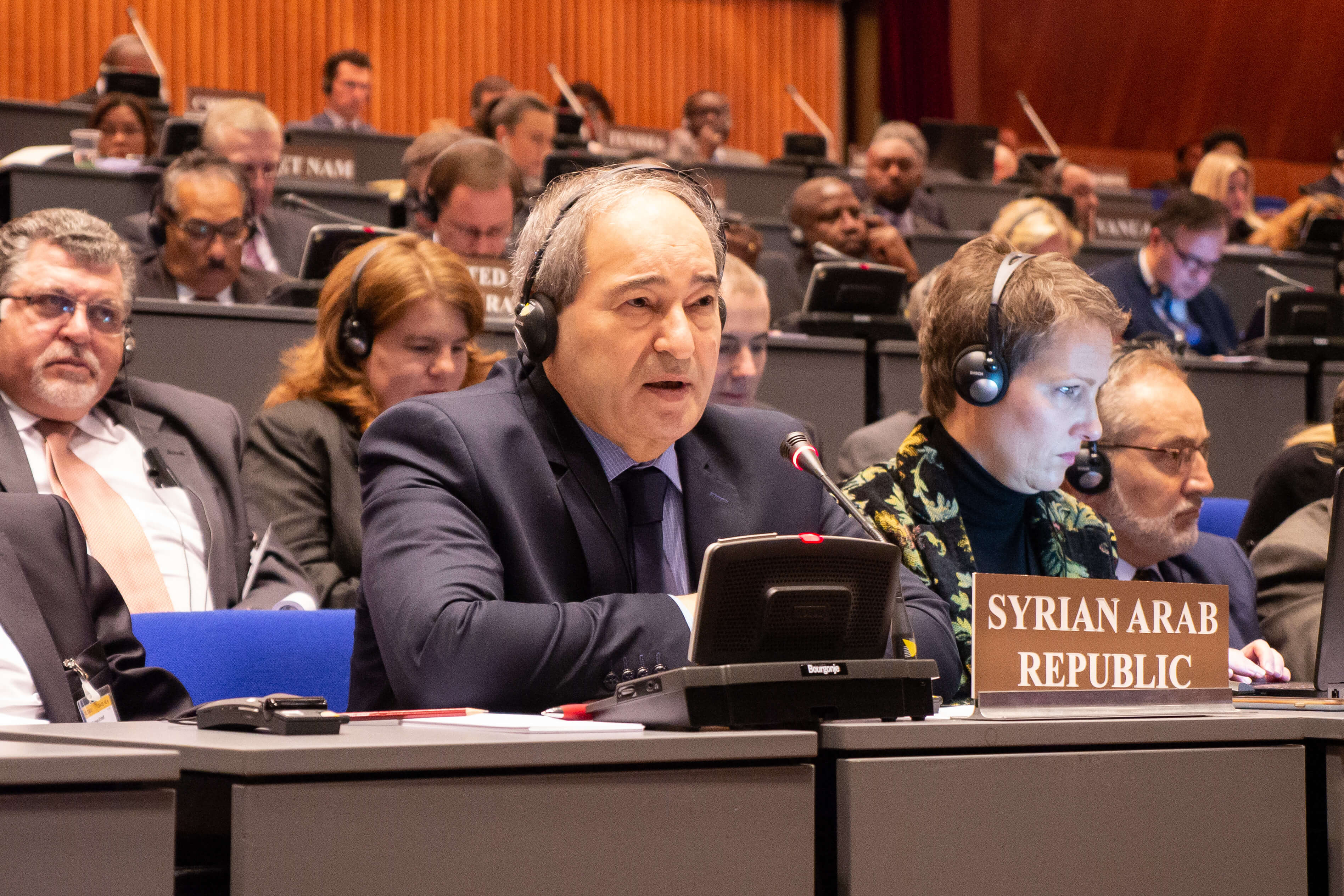
The Special Session called for a mechanism to investigate alleged use of chemical weapons in Syria, and an Investigation and Identification Team (IIT) was created to help identify perpetrators of CW use in Syria under the authority of the OPCW Director-General (DG).12
The OPCW was also to bring forward specific proposals to establish independent, impartial, expert contributions to an investigation of any possible chemical weapons use and proposals to enhance the capacity and tools of the Secretariat to strengthen implementation of the Convention verification regime.
The annual Conference of States Parties scheduled for November 2018 was to be followed immediately by the Fourth CWC Review Conference, and some countries felt that these meetings would allow more time to assess proposals and additional opportunities to build consensus around a course of action.13 However, others saw an urgent need to convene against the background of escalating international sanctions while military action to eliminate chemical weapons was not excluded.
The return of politics: Sovereignty and attribution
Although the June 2018 decision achieved a comfortable majority, a significant minority of CWC States Parties voted against it. Some were motivated by a political imperative to defend the Syrian government against allegations of CW use. However, others were concerned about the legitimacy of decisions taken by voting; lack of clarity around the role of the OPCW in attribution and the low probability that the decision would be effective.
One of the strongest objections to the establishment of an investigation mechanism in June 2018 was that it might undermine the sovereignty of CWC States Parties
One of the strongest objections to the June 2018 decision was the risk that the role of the Director-General in attribution might undermine the sovereignty of CWC States Parties. In explaining its vote against the 2018 June decision, India emphasized that ‘while the Convention gives primacy and oversight to the Executive Council and the Conference of States Parties over the functioning of the Technical Secretariat, this decision will grant the Director-General, as an individual, unprecedented and unchecked powers. This opens itself to partisan use of the institution of the Director-General.’14
Some opponents of the IIT considered it to be a ‘pyrrhic victory’ for its supporters.15 The IIT measures within the CWC to address non-compliance are somewhat limited, and in ‘cases of particular gravity’ the issue would be referred back to the UN General Assembly and the Security Council.
As the Special Session was prompted by paralysis at the UN Security Council, to some states the process looked circular and, from this point of view, the June 2018 decision put useful aspects of existing OPCW work at risk with a low probability of a substantive outcome.
After the JIM was terminated, an incident in the Syrian city Douma in April 2018 became the subject of an OPCW Fact-Finding Mission (FFM). The FFM mandate was to determine whether there were reasonable grounds to believe that CW were used, but without attributing use to any party16 ; The FFM depends on a bilateral agreement between Syria and the OPCW Director-General and some were concerned that the contentious IIT would undermine fact finding.17
Russia has consistently rejected the ITT and a public campaign was launched to cast doubt on the validity of attribution findings
The UN and OPCW reports on CW use in Syria have been subject to unrelenting criticism from Russia.18 Russia has consistently stated that it does not intend to cooperate with the IIT or finance its activities, and has organised multiple briefings in different formats to argue that the initiative was based on an illegitimate foundation and erodes confidence in the technical basis for its findings. A public campaign has had the same objective of casting doubt on the validity of attribution findings, if not discrediting them completely.19
The first IIT Report
In April 2020, the urgent need to pay close attention to CW disarmament was underlined when the OPCW produced the first report of the IIT to investigate allegations of CW use in Syria (hereafter IIT Report). The main conclusion was that there are reasonable grounds to believe that individuals belonging to the Syrian Arab Air Force used CW on three occasions in 2017.20
Whether the OPCW was now taking on the role of adjudicating compliance with the CWC was raised by the somewhat imprecise language of the 2018 decision. On the release of the IIT Report the OPCW Director-General made it clear that the IIT mandate is to establish facts, and no new legal authorities were passed to the OPCW.
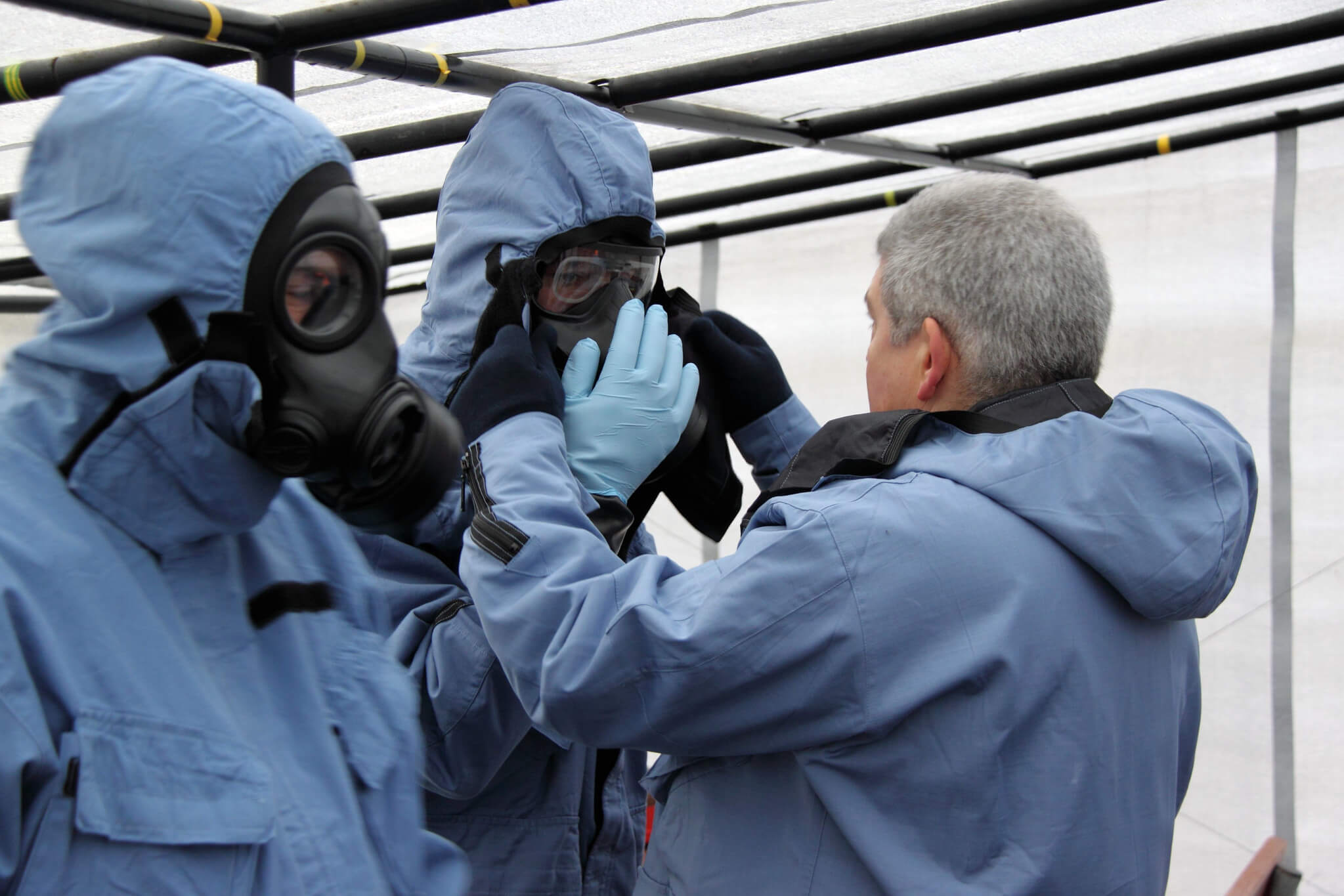
The Director-General explained that all of the actions taken by the IIT were anchored in the CWC and other pre-existing decisions of the United Nations. He noted that the IIT ‘is not a judicial or quasi-judicial body with the authority to assign individual criminal responsibility, nor does the IIT have the authority to make final findings on non-compliance with the Convention. It is up to the Executive Council and the Conference of the States Parties to decide the next steps.’21
Criminal liability for CW use attaches to both legal and natural persons, but the IIT Report explained that perpetrators were identified where information would allow an ordinarily prudent person to reasonably believe that an individual or entity was involved in the use of chemical weapons.
Without assigning criminal responsibility, the IIT Report pinpoints cases warranting further investigation and prosecution by competent judicial bodies, and the information collected by the OPCW can facilitate and expedite fair and independent criminal investigations and prosecutions.22
The findings of the investigation team (IIT) are unlikely to lead to successful criminal prosecution of identified perpetrators of the chemical attacks
That said, the prospect of successful criminal prosecution of identified perpetrators based on the IIT Report or the information on which it is based is probably low. The OPCW has a working relationship with the International, Impartial and Independent Mechanism (IIIM)23 established by the UN General Assembly to assist in investigating and prosecuting persons responsible for war crimes in Syria since March 2011.
The IIIM is building case files that might be used in criminal prosecutions. Information from the IIT could provide useful context and background, but it is not evidence that would meet the standard of proof required in prosecutions.
The OPCW’s agenda: Verification and investigation
Whether the IIT Report will lead to effective action on the Syria file remains to be seen, and at the time of writing it was not known how the OPCW Executive Council or the UN Security Council would respond to it.
The Executive Council meetings in July and October 2020 will discuss the implications of the IIT Report, and along with the Conference of States Parties in November 2020 these meetings will determine whether Syria is found to be in non-compliance with the CWC – and if so, what consequences should follow.
The United States referred to actions ‘of a political, diplomatic, economic nature’ in its first reaction in the IIT Report.24 A military response to the findings in the IIT Report is unlikely while the OPCW is discussing next steps.
Still, for many CWC States Parties an investigation without attribution was unacceptable. In December 2019, the United States enacted the Caesar Syria Civilian Protection Act containing targeted sanctions on those considered to have enabled CW use in Syria.25 It highly likely that other partners in the No Impunity!26 group will also consider whether the IIT Report requires additional targeted sanctions.
Although Syria-related questions attract the most attention, other initiatives may be more important in the medium-term. For example, prior to the most recent reports of CW use in Syria an OPCW Declaration Assessment Team (DAT) was discussing discrepancies in the Syrian declaration of CW required under the CWC.
In time, the Chemical Weapons Convention might be revised to incorporate new verification tools and methods
Recent allegations raise questions about the comprehensiveness as well as the accuracy of the existing declaration. As a result, the Special Session invited the OPCW to propose enhancing the CWC verification regime, which might lead in time to a revision of the Convention to incorporate new verification tools and methods.
The OPCW’s new Centre for Chemistry and Technology
To increase investigative capabilities, the Technical Secretariat of the OPCW has been enhancing knowledge and skills of staff in areas such as crime scene management, witness interviews, evidence collection, and forensics.27
A core group at the OPCW could be the basis an investigation support mechanism able to build an international team at short notice with expertise tailored to an alleged incident.
The core group could make and sustain relationships with relevant international bodies and networks and also draw on the capacity of the OPCW’s new Centre for Chemistry and Technology (ChemTech Centre).
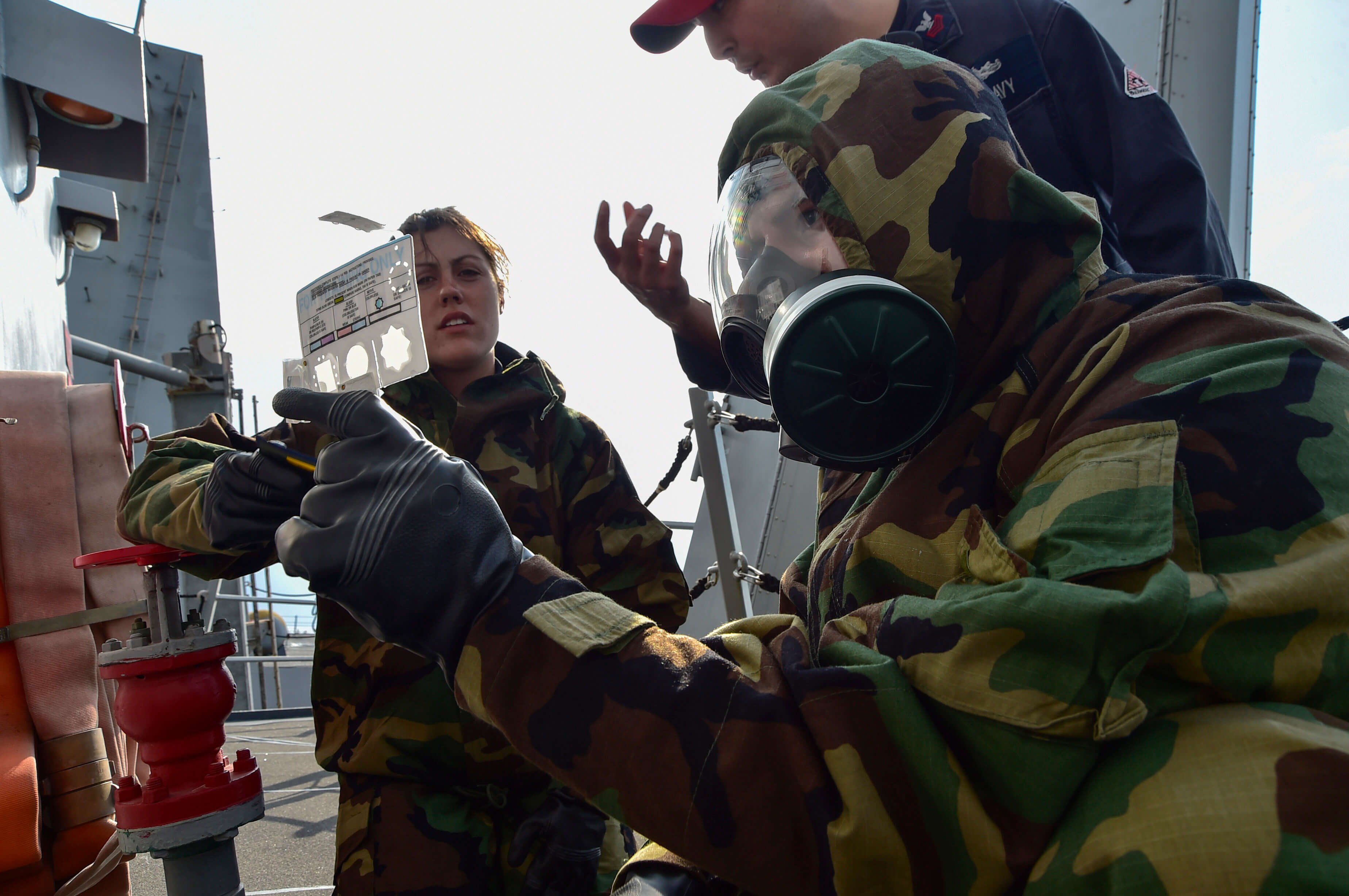
The ChemTech Centre could itself be an important node in an international network of laboratories able to support an investigation and contribute to adapting the verification provisions of the CWC to changing CW threats. The ChemTech Centre is an opportunity to extend the global expert engagement with research and innovations in chemistry relevant to the CWC.
The focus on investigation and attribution could contribute new insights into how verification can be adapted to new threats and promote law enforcement instruments to prevent and deter CW use. The new capabilities could be particularly useful to investigate acts of chemical terrorism or CW use by non-state actors, contingencies where states that have limited national capacities could call on the OPCW for assistance.
Conclusion
The Chemical Weapons Convention is widely recognised as the most successful multilateral disarmament instrument because of its comprehensive provisions, extensive verification system, non-discriminatory character and almost universal participation. The attribution of CW use to the government of Syria divided the UN Security Council, and the OPCW will continue to be a place where the Syria file generates controversy.
The first IIT Report should have a positive effect because it has been produced in a way that addresses the concerns of some states that opposed the 2018 Special Session. Still, many difficult questions remain to be answered.
Today, Syrian government forces have less incentive to use CW in combat, but increasingly desperate opponents might
The CWC prohibits CW use even if a state faces what it considers an existential threat. But will the prohibition of CW be respected if those weapons demonstrate battlefield utility? Today, the Syrian government forces have less incentive to use CW in combat, but increasingly desperate opponents might.
Key countries, notably the United States, are assessing whether arms control instruments have a significant enough impact on security problems to be worthwhile. The States Parties to the CWC must decide whether Syria is in non-compliance with the Convention. Their deliberations will be important in the context of CW, and they will influence the wider discourse about the value of arms control and the feasibility of disarmament.
- 1Robert J. Bunker, Contemporary Chemical Weapons Use in Syria and Iraq by the Assad Regime and the Islamic State, Strategic Studies Institute, US Army War College, Carlisle PA, February 2019.
- 2Framework for elimination of Syrian chemical weapons, Annex to Letter dated 19 September 2013 from the Permanent Representatives of the Russian Federation and the United States of America to the United Nations addressed to the Secretary-General, UN General Assembly document A/68/398–S/2013/565, Geneva, 24 September 2013; United Nations Security Council Resolution 2118, S/RES/2118 (2013), 27 September 2013.
- 3OPCW Executive Council, Decision: Destruction of Syrian Chemical Weapons, OPCW document EC-M-33/DEC.1, 27 September 2013.
- 4The OPCW-UN Joint Investigative Mechanism (JIM) was set up by the UN Security Council in 2015 with the task to ‘identify to the greatest extent feasible individuals, entities, groups, or governments who were perpetrators, organisers, sponsors or otherwise involved in the use of chemicals as weapons’ in Syria, see UN Security Council Resolution 2235 (2015), 7 August 2015, op. 5.
- 5Seventh report of the Organisation for the Prohibition of Chemical Weapons-United Nations Joint Investigative Mechanism, UN Security Council Document S/2017/904, 26 October 2017.
- 6Summary of the Report on Activities Carried Out in Support of a Request for Technical Assistance by the United Kingdom of Great Britain and Northern Ireland, Note by the OPCW Technical Secretariat, S/1612/2018, 12 April 2018.
- 7Update by Peter Wilson, UK Permanent Representative to the OPCW, following the OPCW Technical Secretariat’s assistance to the UK after the Salisbury attack, OPCW Executive Council meeting: 18 April update on the use of a nerve agent in Salisbury, 18 April 2018.
- 8Ibid.
- 9Report of the Advisory Panel on Future Priorities of the Organisation for the Prohibition of Chemical Weapons, OPCW document S/951/2011, 25 July 2011.
- 10Note Verbale attached to Note by the Director-General: Convening of a Meeting of the Executive Council, OPCW document EC-M-60/1, 30 May 2018. The 11 countries were: Australia, Bulgaria, Canada, France, Germany, Japan, New Zealand, Poland, Romania, the United Kingdom, and the United States of America.
- 11The 24 states that voted against the decision were: Belarus, Bolivia, Botswana, Burundi, Cambodia, China, Eritrea, India, Iran, Kazakhstan, the Lao People’s Democratic Republic, Myanmar, Namibia, Nicaragua, the Philippines, the Russian Federation, South Africa, the Sudan, the Syrian Arab Republic, Tajikistan, Uganda, Uzbekistan, Venezuela and Viet Nam. Report of the Fourth Special Session of the Conference of the States Parties, OPCW document C-SS-4/3, 27 June 2018.
- 12Note by the Technical Secretariat: Work of the Investigation and Identification Team Established by Decision C-SS-4/DEC.3 (dated 27 June 2018), OPCW Executive Council document EC-91/S/3, 28 June 2019.
- 13Statement by H.E. Ambassador Venu Rajamony, Permanent Representative of the Republic of India to the OPCW at the Fourth Special Session of the Conference of the States Parties, OPCW document C-SS-4/NAT.44, 26 June 2018.
- 14Explanation of Vote by India on the Draft Decision by UK on ‘Addressing the Threat from Chemical Weapons Use’ at the Fourth Special Session of the Conference of the States Parties, 27 June 2018.
- 15Authors interview with Indian official, 18 September 2019.
- 16OPCW Technical Secretariat, Report of the Fact-Finding Mission Regarding the Incident of Alleged use of Toxic Chemicals as a Weapon in Douma, Syrian Arab Republic, on 7 April 2018, OPCW document S/1731/2019, 1 March 2019. On 1 March 2019, the OPCW Technical Secretariat issued its final report on the April 2018 Douma incident and concluded that there were reasonable grounds to believe that the use of a toxic chemical as a weapon took place.
- 17Authors interview with South African official, 18 September 2019.
- 18Ministry of Foreign Affairs, Russian Federation, Statement on the first report of the OPCW Investigation and Identification Team on chemical incidents in Al Lataminah (SAR), Moscow, 22 April 2020.
- 19Elements of the disinformation campaign are described in Breaking Ghouta, Atlantic Council, Washington DC, September 2018.
- 20First report by the OPCW Investigation and Identification Team pursuant to Paragraph 10 of Decision C-SS-4/DEC.3 ‘Addressing the Threat from Chemical Weapons Use’, Ltamenah (Syrian Arab Republic) 24, 25, and 30 March 2017, OPCW document S/1867/2020, 8 April 2020.
- 21Director-General’s Statement on the First Report by the OPCW Investigation and Identification Team, OPCW, 8 April 2020.
- 22First report by the OPCW Investigation and Identification Team pursuant to Paragraph 10 of Decision C-SS-4/DEC.3 ‘Addressing the Threat from Chemical Weapons Use’, Ltamenah (Syrian Arab Republic) 24, 25, and 30 March 2017, OPCW document S/1867/2020, 8 April 2020, pp. 14–16.
- 23See International, Impartial and Independent Mechanism to Assist in the Investigation and Prosecution of Persons Responsible for the Most Serious Crimes under International Law Committed in the Syrian Arab Republic since March 2011. UN General Assembly Resolution 71/248 (2016), 21 December 2016.
- 24Briefing with Senior State Department Officials on the Release of the Organization for the Prohibition of Chemical Weapons (OPCW) Report on Syria, Washington DC, 8 April 2020.
- 25Michael Pompeo, Press Statement: Passage of the Caesar Syria Civilian Protection Act of 2019, 20 December 2019.
- 26The Partnership against the impunity for the use of chemical weapons launched in January 2018 is a network that now brings together 40 States and the EU to supplement international mechanisms to combat the proliferation of chemical weapons. The partnership will identify individuals and entities involved by providing documentation and supporting multilateral action to sanction them. The partnership maintains a dedicated website.
- 27Note by the Director-General: Report Pursuant to Paragraph 20 of Decision C-SS-4/DEC.3 dated 27 June 2018 on Addressing the threat from Chemical Weapons Use, OPCW document C-23/DG.17, 15 November 2018.


